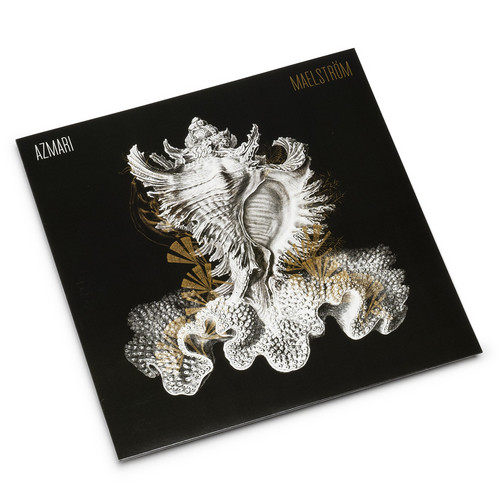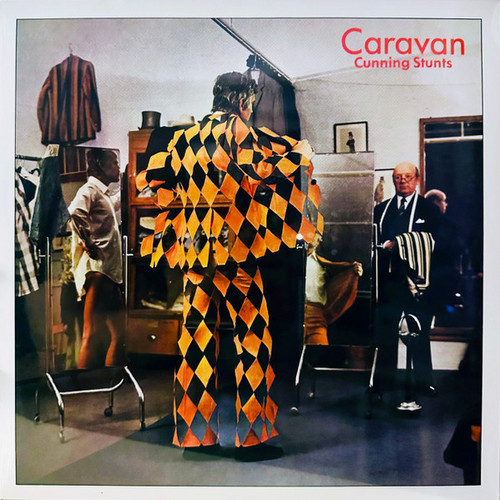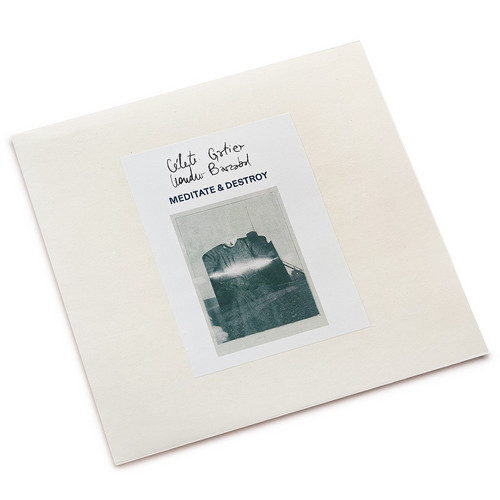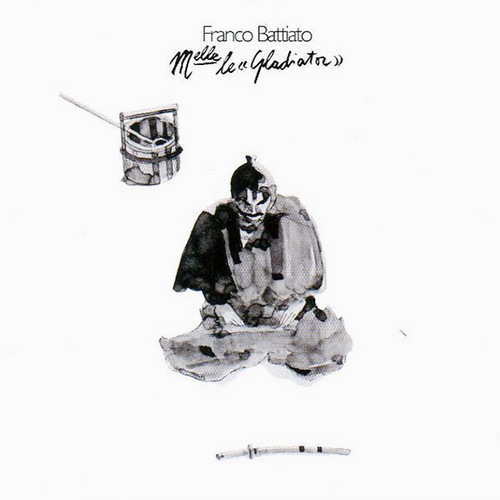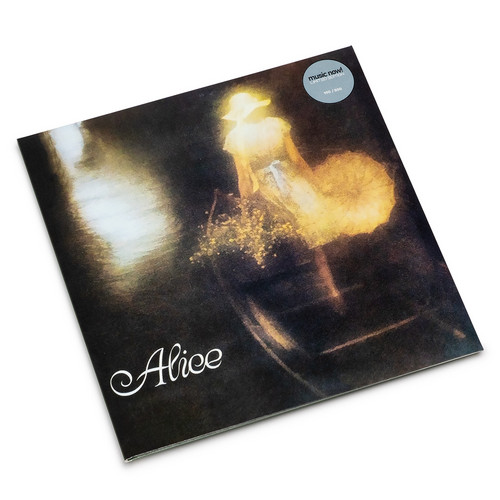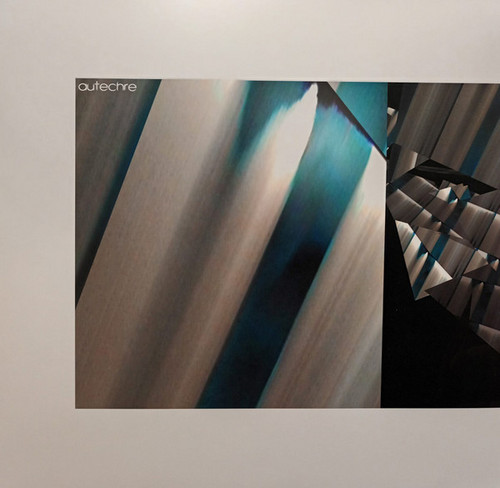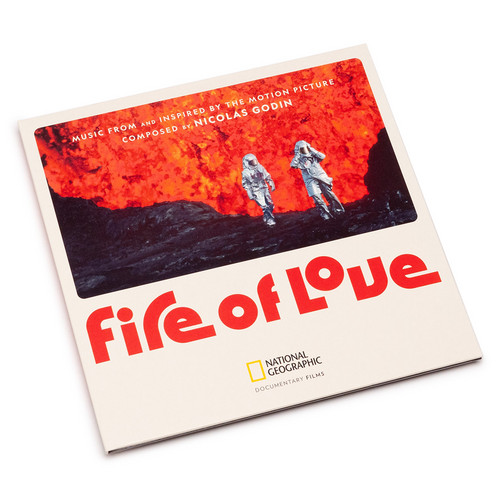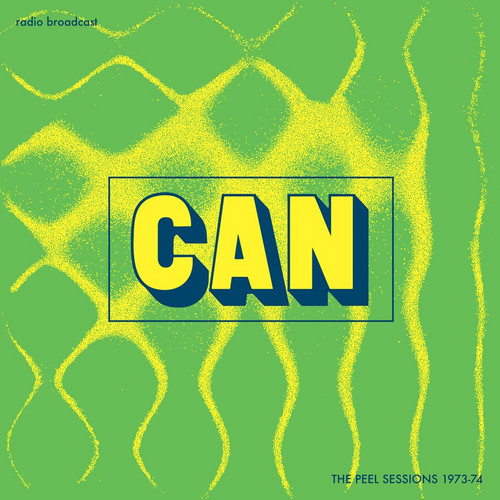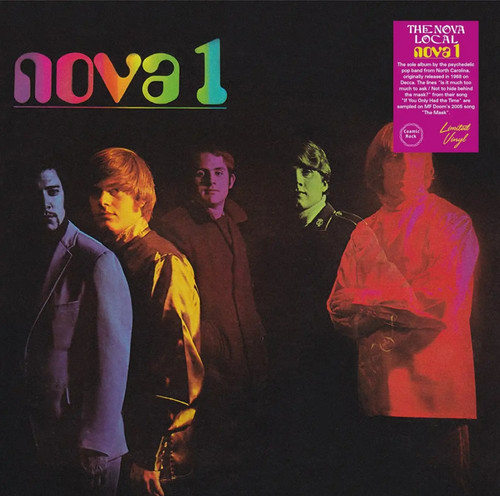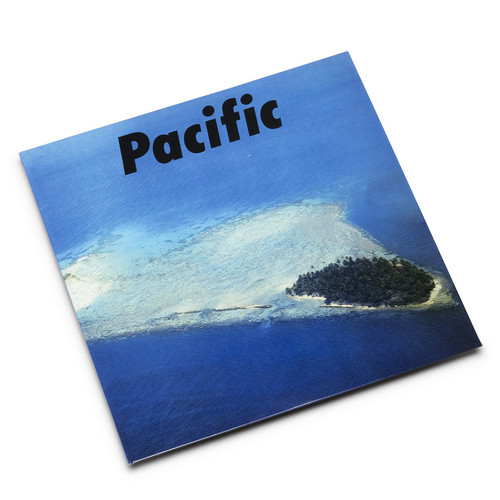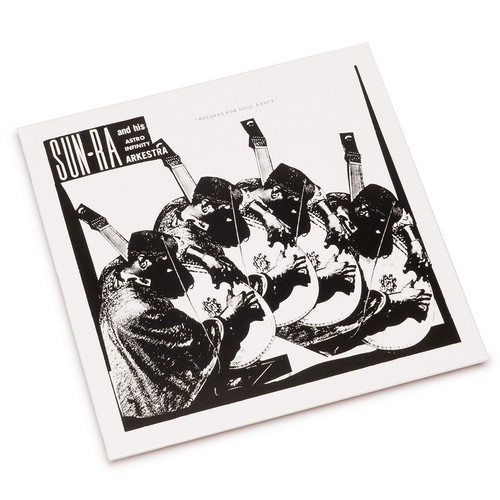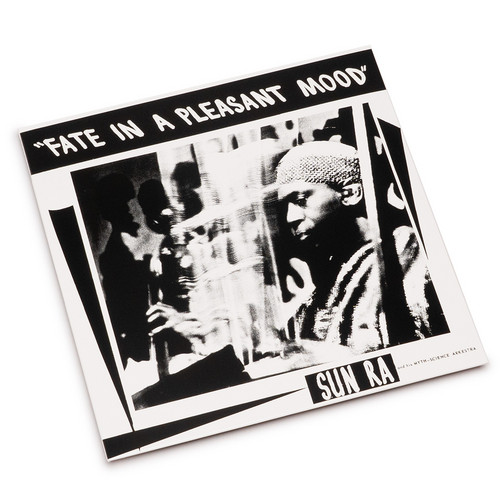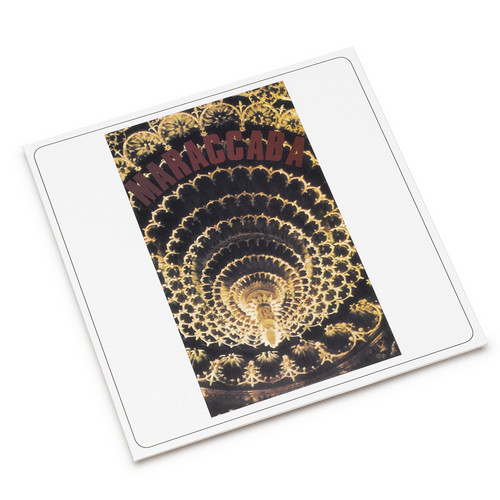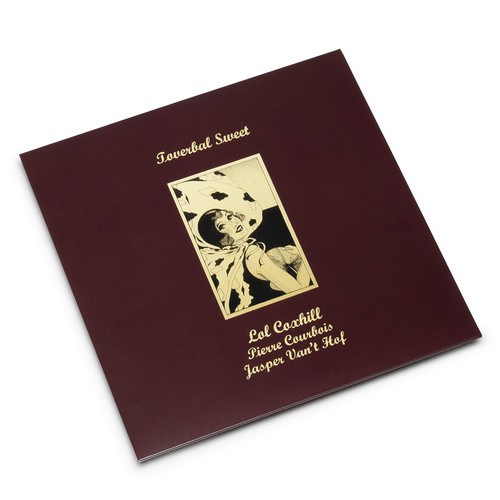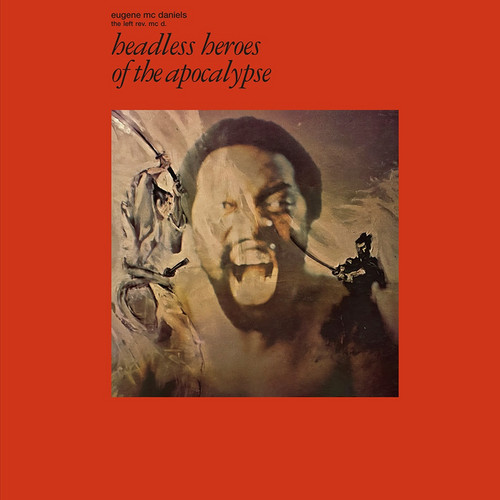Back in stock
Cold Nose
Limited white vinyl edition. Packaged in a single jacket with color printed LP sleeve and hype sticker affixed to the shrink wrap on the front * Originally released in 1975 as a soundtrack to a little-known film, his debut solo release experimented with complex brain studies borrowed from the Bio-Electronic Meditation Society. The result is a kaleidoscopic album with touches of ambience floating in amongst organic guitar leads and rushing synthesizers. Franco Falsini is an Italian musician and p…
Maelström
Founded in the vibrant musical haven of Brussels in 2015, Azmari have been crafting a truly unique tapestry of musical exploration. Melding intricate jazz textures with intoxicating oriental influences, mesmerizing ethio grooves, enigmatic dark funk, and the pulsating beats of dub music, Azmari defies conventional labels to weave a narrative of sonic innovation and artistic liberation. Influences range from an eclectic array of artists, including Okay Temiz, Heliocentrics, Whitefield Brothers, S…
Cunning Stunts
For those who still believe prog is a four-letter word, Caravan remain a mystery - More fool them, for they are missing out on some of thesweetest and most tuneful melodies in 70s rock, whether it be the jazz- inflected vaudeville of the title track of If I Could Do It All Over Again, I'dDo It All Over You, the gentle celebration of Virgin On The Ridiculous from Caravan & The New Symphonia or the funky ambition of The Dabsong Conshirtoe on Cunning Stunts. Formed, like Soft Machine, from the grou…
Meditate & Destroy
200 numbered copies, with handmade and buffered cover. Contains a A4 insert. Les Disques Omnison announces the release of Meditate & Destroy, the long-awaited debut LP by Leandro Barzabal and Céleste Gatier, a duo that has been making waves in experimental circles across France and Argentina. Following stunning live performances throughout France and a successful tour in Argentina alongside French noise musicians Cigve (Catherine Guesde) and Vomir (Romain Perrot), Barzabal and Gatier have distil…
M.elle Le "Gladiator"
Edition of 300 copies, white vinyl. In the sprawling catalog of Franco Battiato's remarkable career, certain artifacts remain tantalizingly out of reach—works that slip between the cracks of official discographies yet represent crucial moments in the evolution of one of Italy's most visionary artists. M.Elle Le Gladiator stands as one such treasure, released in 1975 as the final and most controversial work of Battiato's experimental period for the Bla Bla label, marking the end of what many cons…
La Mia Poca Grande Età
“La mia poca grande età” is Alice's first studio album, originally released in 1975. Reissued for the first time in this new edition on black vinyl / 180 gram, limited and numbered edition 500 copies.
Confield
*2024 stock* "With Confield, Sean Booth and Rob Brown largely abandoned the warm ambient sounds of their earlier works such as Amber and Tri Repetae in favour of more chaotic and abstract sound palettes and methods of composition that they had been pursuing with LP5, EP7, and Peel Session 2. Confield saw the experimental use of computer programs, specifically Max/MSP, to form the basis of songs instead of stand-alone synthesizers. According to Booth, "Most of Confield came out of experiments wit…
Fire Of Love - Music From And Inspired By The Motion Picture
The 15-track album is comprised of the score Nicolas Godin contributed to the Oscars-nominated documentary film "Fire of Love" directed by Sara Dosa in 2022 (streaming worldwide on Disney+), as well as original music inspired by it."Fire of Love" is the extraordinary love story of intrepid French volcanologists Katia and Maurice Krafft, who died just as explosively as they lived — capturing the most spectacular imagery ever recorded of their greatest passion: volcanoes.
Match / Soliloque 1&4 / Antifonia
Nicolae Brînduş's Match / Soliloque 1&4 / Antifonia reissues the composer’s most eccentric works from the PHTORA cycle (1968-1972), blending collective improvisation, spectral tradition, Romanian folklore, and free jazz into a mesmerizing tapestry. Tape manipulations and reverberation add depth, while Ana Golici’s sleeve art captures the album’s vivid sensibility.
Peel Sessions 1973-74
Peel Sessions 1973-74 is a unique collection showcasing the legendary German experimental rock band’s dynamic live performances captured for BBC Radio 1’s John Peel sessions. This album brings together raw, electrifying recordings from 1973 and 1974, highlighting Can’s groundbreaking sound that blended psychedelic rock, avant-garde, and improvisational music. Fans and newcomers alike will experience the band’s creative energy and innovative spirit in an intimate setting outside the studio.
Featu…
Coastline
*Contains printed inner sleeve with archival photos and extensive liner notes by two Italian soprano saxophone specialists Roberto Ottaviano and Eugenio Colombo, and pianist Martin Joseph himself* Recorded Live in Italy in October 1985 and mastered directly from the old dusty cassette, here's a previously unheard Steve Lacy recording from a rare duo appearance with pianist Martin Joseph, a little known yet fascinating British musician who had worked with Harry Beckett, John Surman, Ian Carr, Tub…
Nova 1
Nova Local's Nova 1 remains the sole album from this cult psychedelic pop band hailing from Chapel Hill, North Carolina. Formed in 1964, the group released this distinctive debut in 1968 on the prestigious Decca label before disbanding shortly thereafter. The album blends original tracks with timeless covers, capturing a vibrant mix of jangle-rock and psychedelia that channels the spirit of the Nuggets era. Standout cover songs include the iconic blues standard “Tobacco Road,” famously interpret…
Pacific
2025 repress. Victory present a reissue of Pacific, originally released in 1978. Reuniting the best session musicians Japan had to offer to make an album that would evoke the atmospheres of the South Pacific islands, the kind of places Japanese people spend their vacations. Pacific is a treat to the ears; its theme of the southern Pacific ocean and its warm cerulean waters relax its listeners with a fusion of city pop, soft jazz, and that good old 1970s funk while remaining surprisingly fully in…
Holiday For Soul Dance
Holiday For Soul Dance finds Sun Ra Arkestra at its most approachable, trading cosmic chaos for spirited reinvention of jazz standards recorded in Chicago, 1960. Even as familiar melodies pulse through the session, Ra and his ensemble infuse each note with irrepressible eccentricity, blurring nostalgia and space-age wit.
Fate In A Pleasant Mood
Fate In A Pleasant Mood showcases Sun Ra and his Myth Science Arkestra at a turning point, merging big band swing with celestial avant-garde impulses. Recorded in 1960 Chicago and released in 1965, this concise, mystical set captures Ra’s fascination with outer space and metaphysical abstraction through poetic miniatures and crystalline ensemble interplay.
Byzantium
Byzantium by Byzantium navigates the lush crossroads between British psychedelia, progressive folk, and classic rock. Released in 1972, the band’s sophomore LP intertwines ringing acoustic guitars, harmony-laden choruses, and searching, poetic lyricism—a cult artifact, shrouded in rich three-part singing and midnight-stained atmosphere.
Maraccaba
German ambient musician.He was briefly a member of the krautrock band Popol Vuh in the early 1970s where he played on the albums Hosianna Mantra and Seligpreisung. Comes in jewel case with slipcase.
Toverbal Sweet
Big Tip! *Limited edition of 500 copies.* The cultish London-based Mushroom label - already known for releasing some of the most uncompromising British improvised music - brought together three musicians whose approaches seemed fundamentally incompatible. Lol Coxhill, the anarchic genius of British free saxophone, meeting the pure magic of a Dutch rhythm section: Pierre Courbois on drums and Jasper Van't Hof on keyboards. The result was Toverbal Sweet - a clash of titans that somehow worked pre…
Live In München: 17 November 1969
Experience the raw energy and cosmic spirit of Amon Düül in their landmark live performance captured on Live In München, 17 November 1969. This release showcases the classic early lineup of a pioneering band at the peak of the Psychedelic Underground movement.
Featuring Renate Knaup-Kroaetenschwanz’s haunting vocals, the intricate guitar work of Chris Karrer, Johannes Weinzierl’s pulsating bass rhythms, the dynamic drumming of Peter Leopold, and Falk U. Rogner’s atmospheric organ, this concert t…
Headless Heroes of the Apocalypse
Headless Heroes of the Apocalypse by Eugene McDaniels is a singular statement of early-70s soul dissent, bridging the realms of jazz, funk, and political activism. With inventive musicianship and lyrics addressing injustice, colonialism, and resistance, the album remains a powerful, relevant artifact, both musically adventurous and unflinching in its message.

